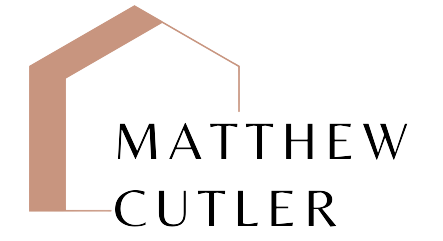Insulating a metal shed is a crucial step to ensure optimal comfort and usability, especially in varying weather conditions. Metal sheds are popular for their durability and low maintenance, but they can become excessively hot in summer and bitterly cold during winter.
Proper insulation helps maintain a moderate temperature within the shed, safeguarding its contents and enabling year-round functionality. In this comprehensive guide, we’ll guide you to the steps on how to insulate a metal shed effectively.
Assessing Your Shed
Before carrying out insulation, it’s essential to assess your shed’s current condition and needs:
- Check for Leaks: Inspect the shed for any gaps, holes, or leaks that may allow air and moisture to penetrate. This is essential whether you have a wood or metal shed, so make sure to check properly!
- Evaluate Ventilation: Adequate ventilation is crucial to prevent condensation. Ensure your shed has proper ventilation in place.
- Determine Your Use: Consider how you plan to use the shed. Will it be a workspace, storage, or a combination of both? Your usage will impact your insulation choices.
Choosing the Right Insulation Material
Selecting the appropriate insulation material is a critical step in insulating a metal shed. Common options include:
- Fibreglass Insulation: This is a cost-effective and readily available choice. Fibreglass insulation comes in rolls or batts and is easy to install.
- Foam Board Insulation: Foam boards offer excellent thermal resistance and can be an efficient choice for insulating metal sheds.
- Reflective Insulation: Reflective insulation, often composed of foil-faced materials, reflects heat and can help maintain a stable temperature inside the shed.
- Spray Foam Insulation: While more expensive, spray foam insulation provides an airtight seal and excellent thermal resistance. It’s ideal for irregularly shaped or hard-to-reach areas.
Insulating the Walls
To insulate the walls of your metal shed:
- Measure and Cut Insulation: Measure the dimensions of your shed’s walls and cut the insulation material to fit. Be sure to leave space for electrical outlets and switches.
- Install the Insulation: Attach the insulation material to the walls using adhesive or fasteners. Make sure it fits snugly to minimise gaps.
- Seal the Edges: Seal any gaps or seams with caulk or foam sealant to create an airtight barrier.
Insulating the Roof
The roof is a crucial area for insulation, as heat tends to rise. To insulate the roof of your metal shed:
- Measure and Cut Insulation: Measure the roof panels and cut the insulation material to size.
- Attach the Insulation: Secure the insulation material to the underside of the roof panels using fasteners or adhesive.
- Seal Joints and Seams: Ensure that all joints and seams are sealed with tape or foil-faced tape to prevent heat loss.
Insulating the Floor
If you plan to use your shed as a workspace, consider insulating the floor:
- Raise the Floor: Elevate the shed’s floor slightly to create an air gap. This helps prevent moisture from seeping into the shed.
- Lay Insulation Material: Place insulation material on top of the raised floor, covering the entire area. Ensure a snug fit.
- Install Flooring: Lay a subfloor over the insulation, such as plywood or OSB, and finish with your chosen flooring material.
Adding the Finishing Touches
Once your metal shed is insulated, add finishing touches to enhance its comfort and functionality:
- Weatherstripping: Install weatherstripping around doors and windows to seal any gaps.
- Heating and Cooling: Consider adding a small heating or cooling unit to maintain a comfortable temperature year-round.
- Interior Finish: Depending on your shed’s use, you may want to add an interior finish, such as drywall or panelling, for a more polished look.
Takeaway
Insulating a metal shed is a practical DIY project that can transform it into a comfortable, energy-efficient space. With the right materials and proper installation, you can create an environment that is more enjoyable to use, whether for storage, hobbies, or work.
Don’t let temperature extremes keep you from making the most of your metal shed—insulation is the key to a more comfortable and functional space.

